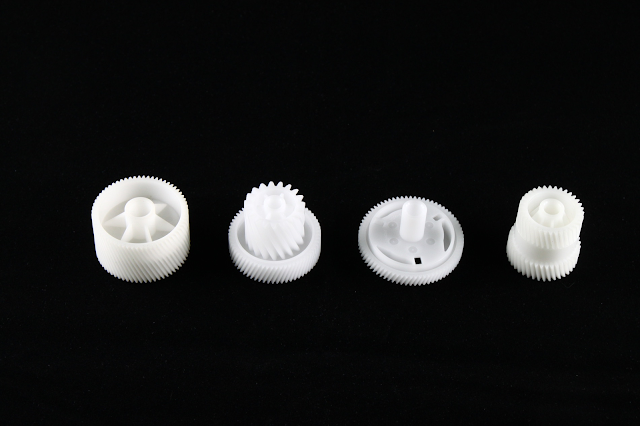Injection Molding in Action: Real-World Uses in Medicine and Technology

Injection Molding is the most economical approach to produce a scaled plastic object. Injection Molding involves injecting molten plastic into a Mold tool and then ejecting the solidified item. This procedure is promptly repeated hundreds or thousands of times, amortising the cost of the Mold tool and lowering the price of each unit to a few dollars or less. Furthermore, because injection Molding employs the same Mold tool for each product, the manufacturing process ensures uniform quality across the board. Injection Molding is not limited to plastics; it may also be utilized with metals and glassware. The procedure also offers a broader range of materials, colours, cosmetics, polishes, and surface textures than CNC milling or 3D printing. Injection Molding can be used to create a variety of goods. This article discusses several common injection-molded goods. Healthcare Products Injection Molding is widely used in the healthcare business. There are dozens of goods created for this bus...




